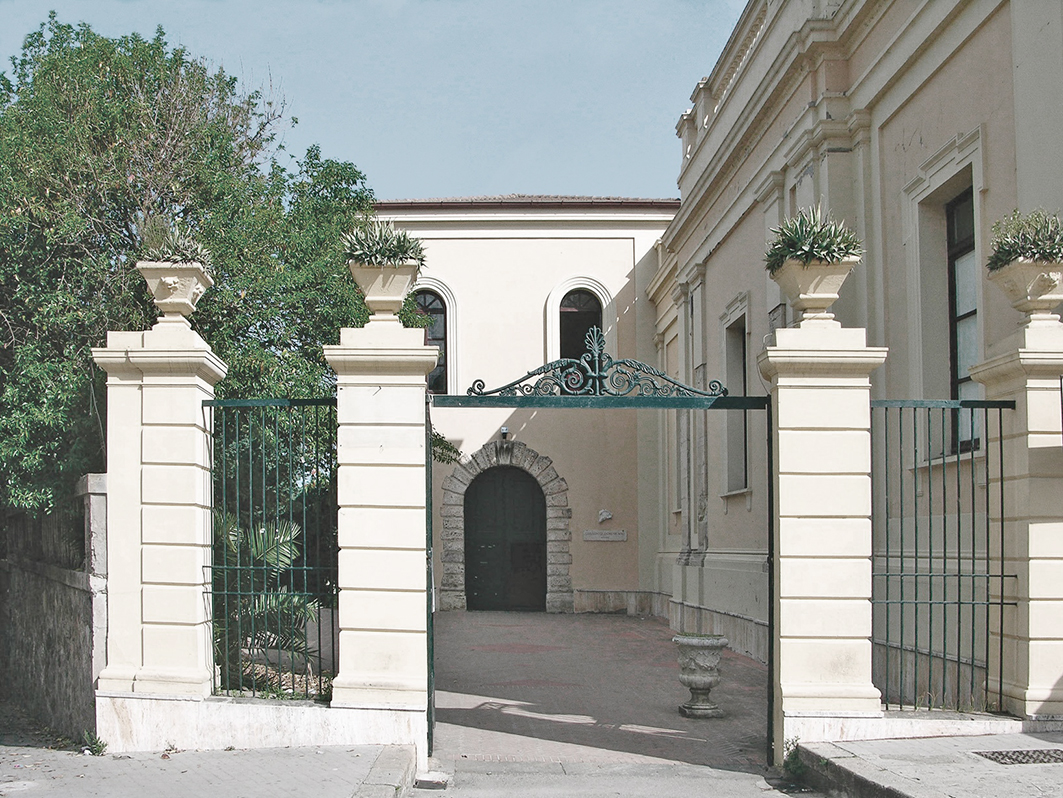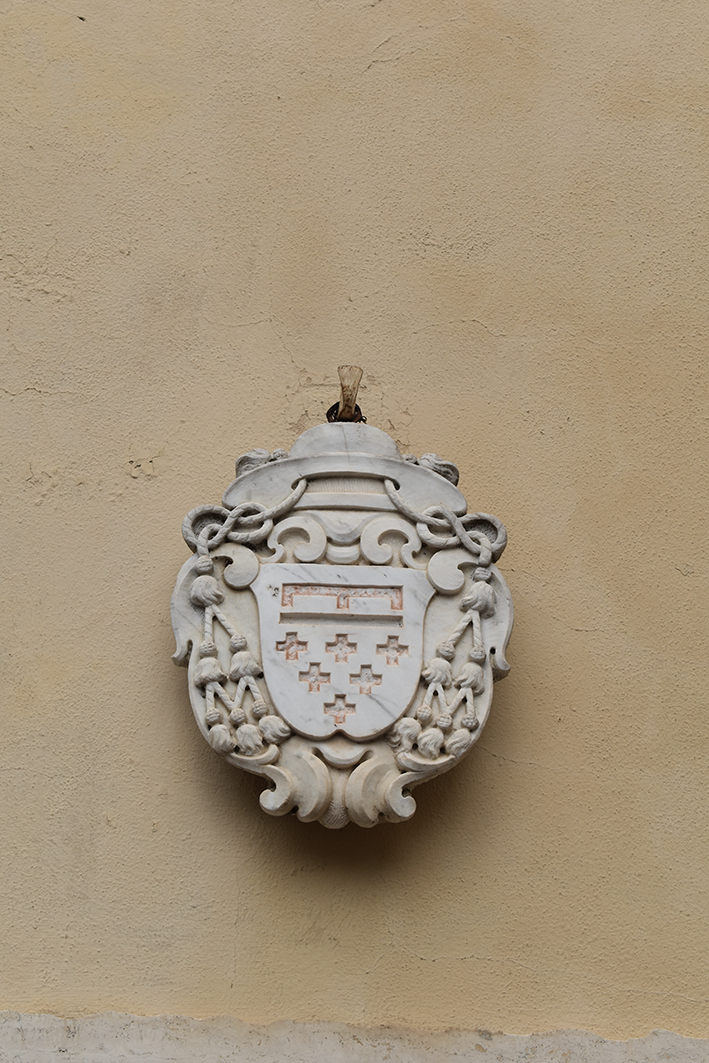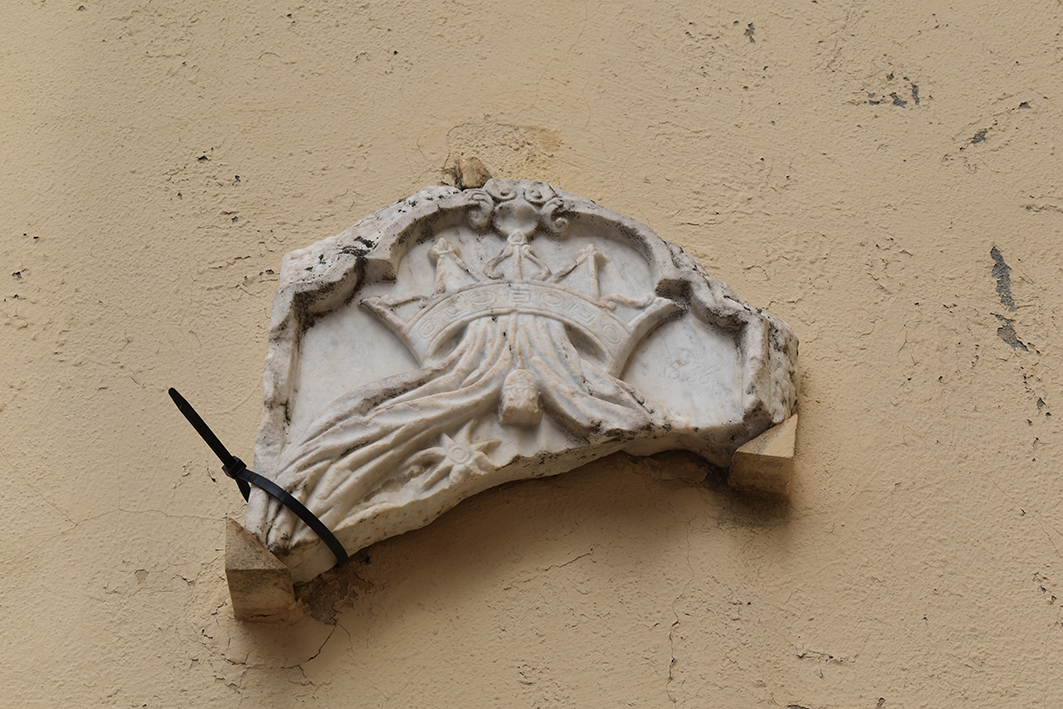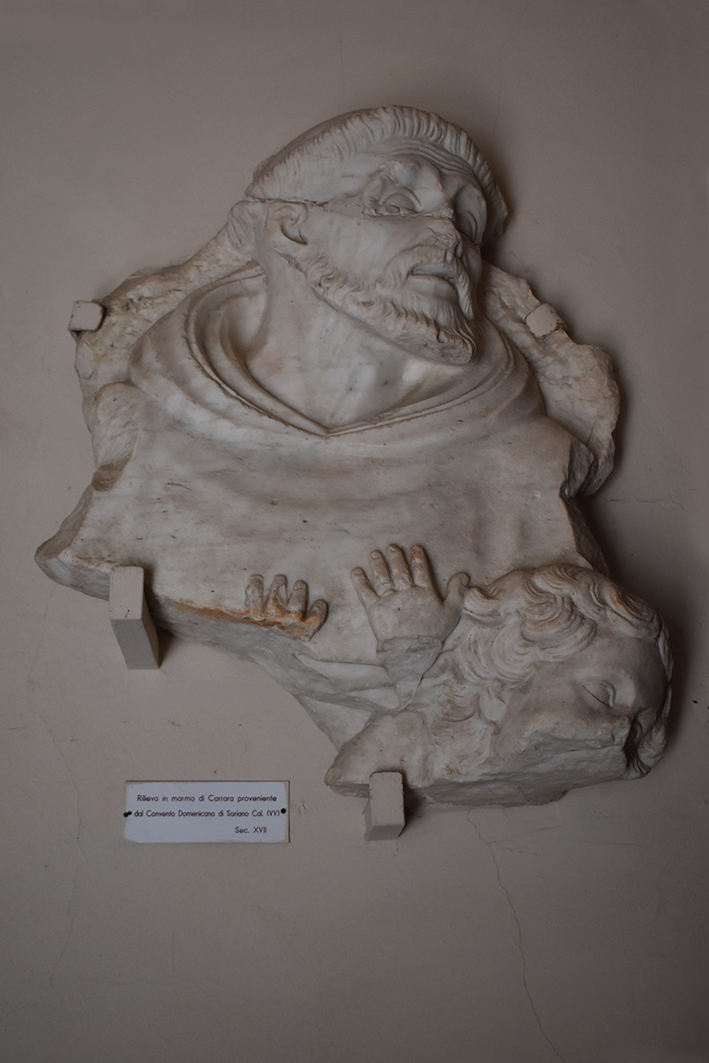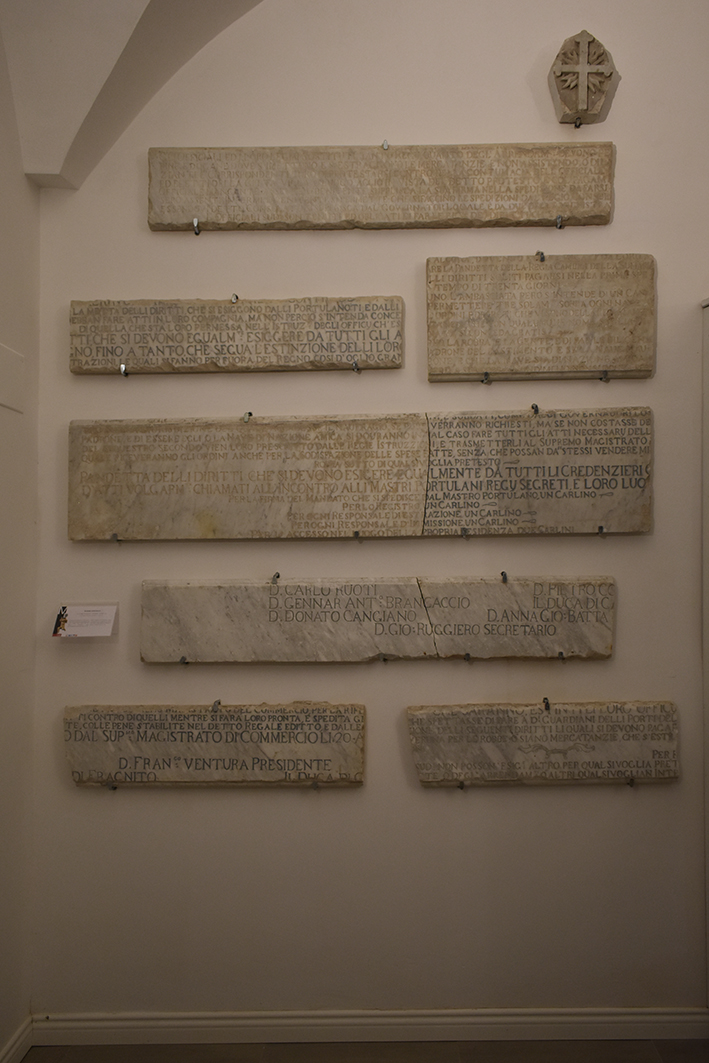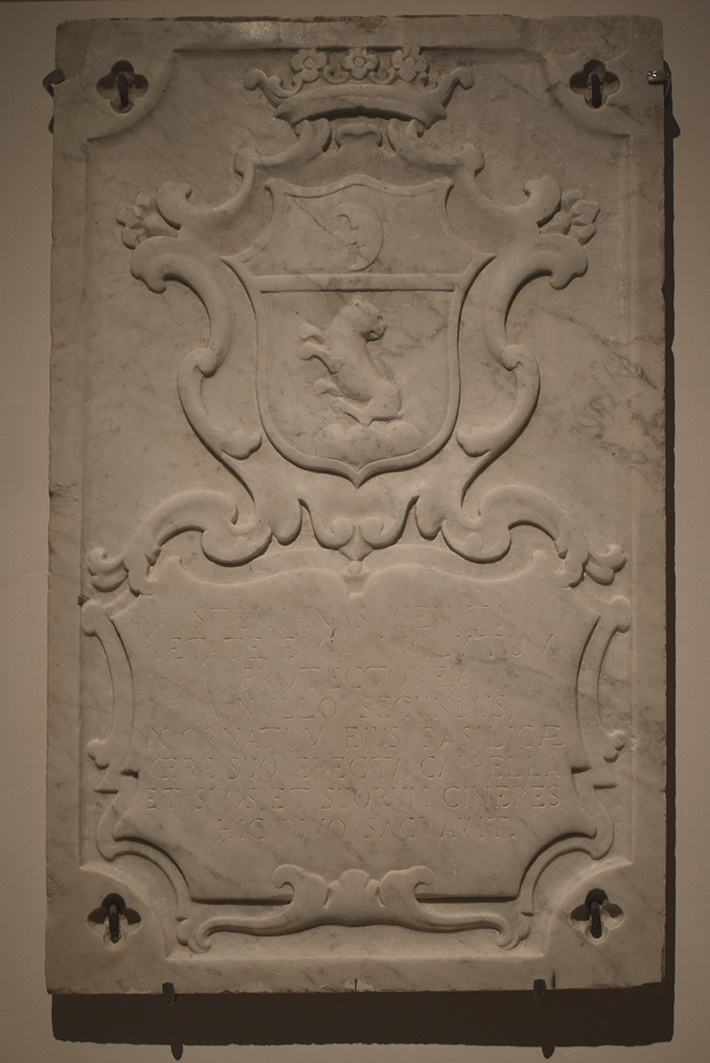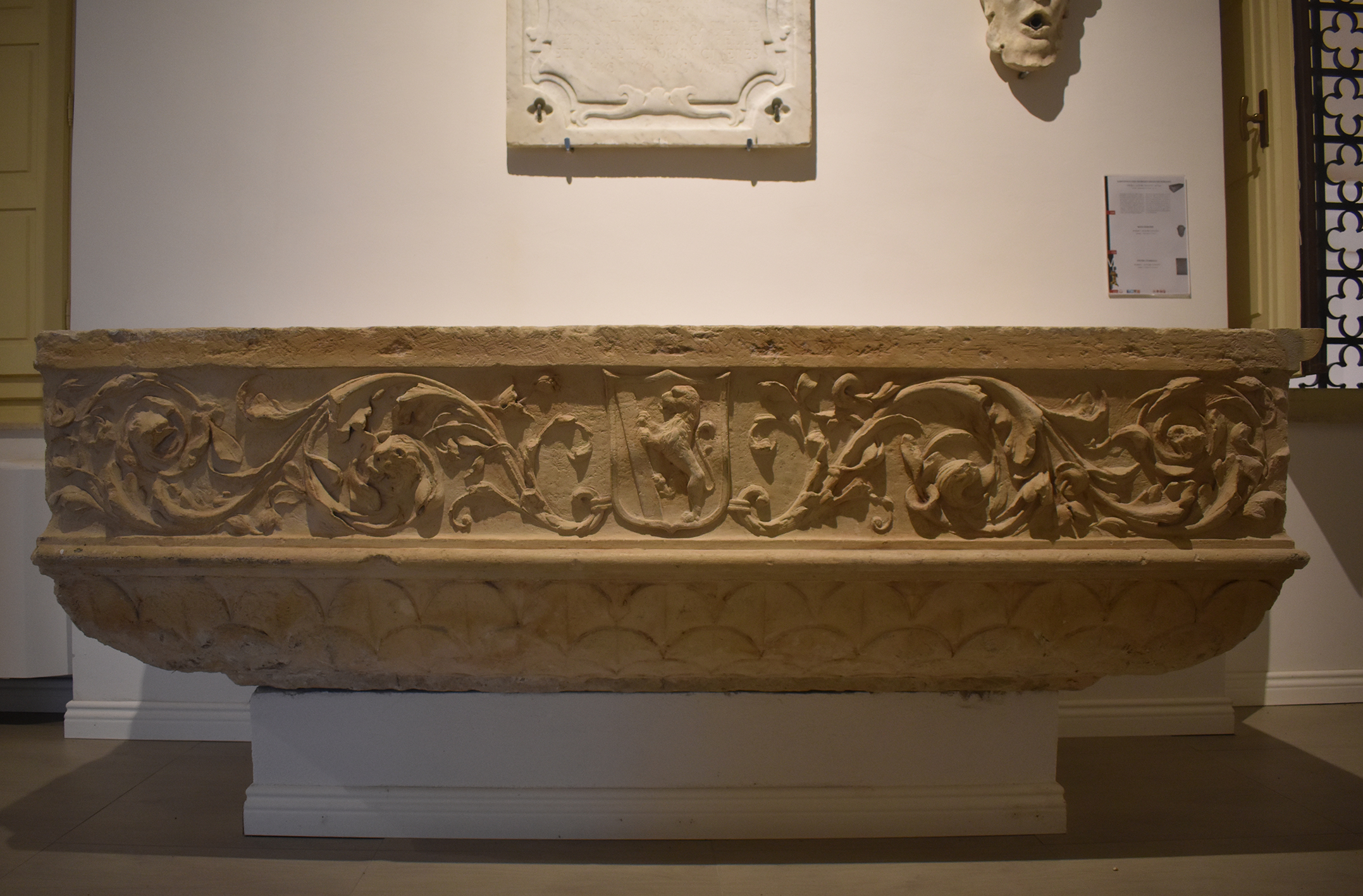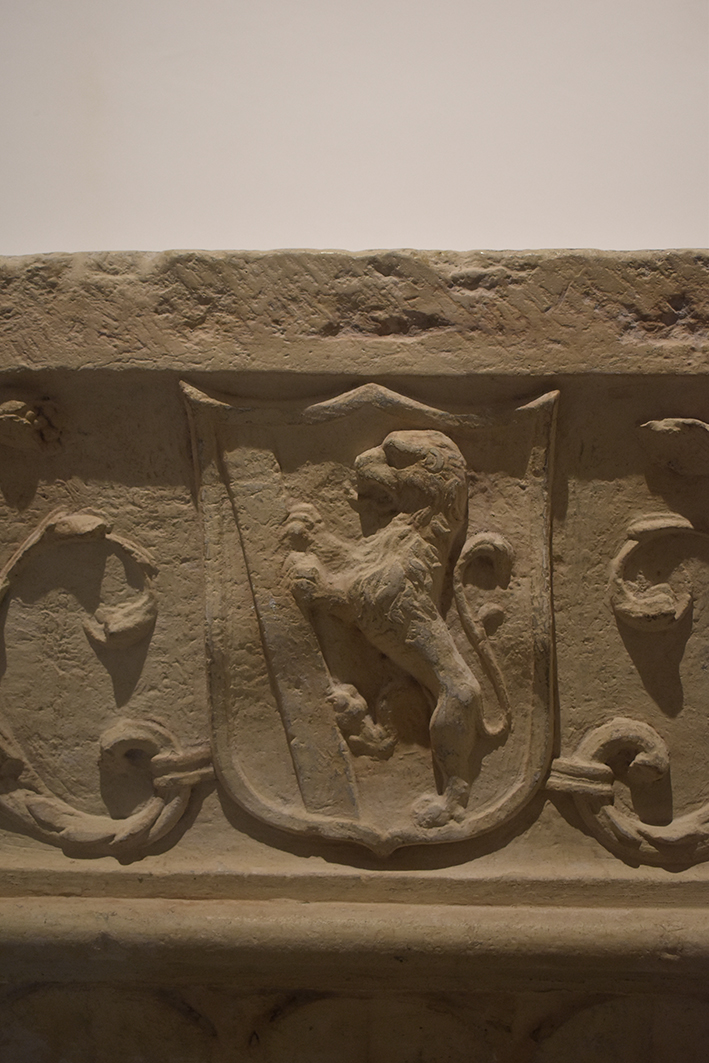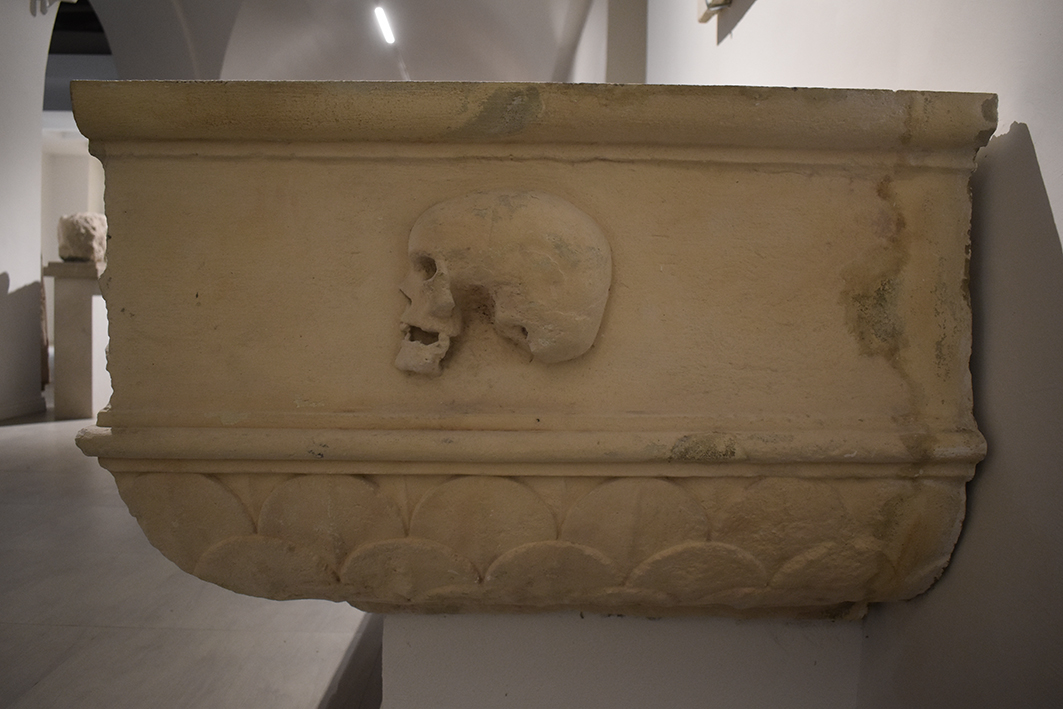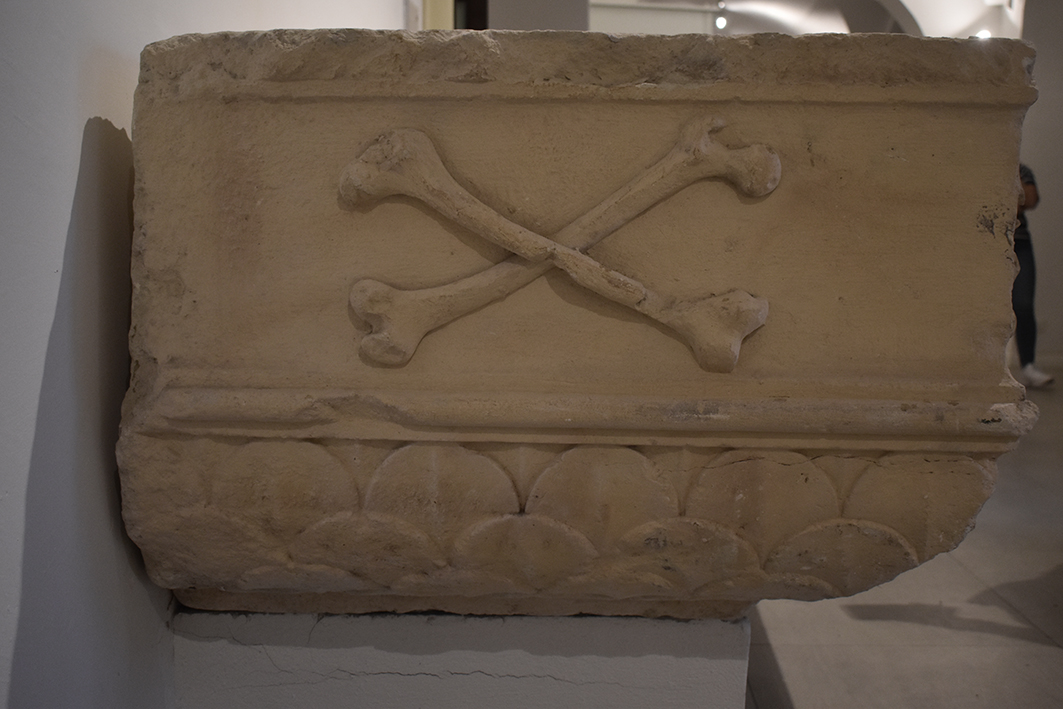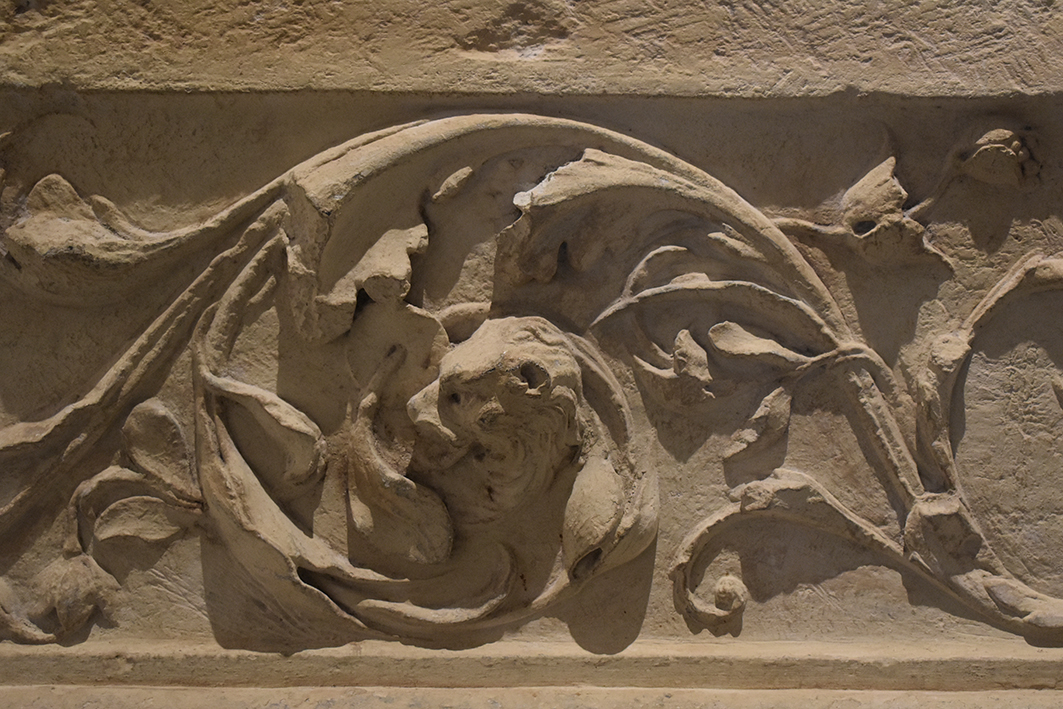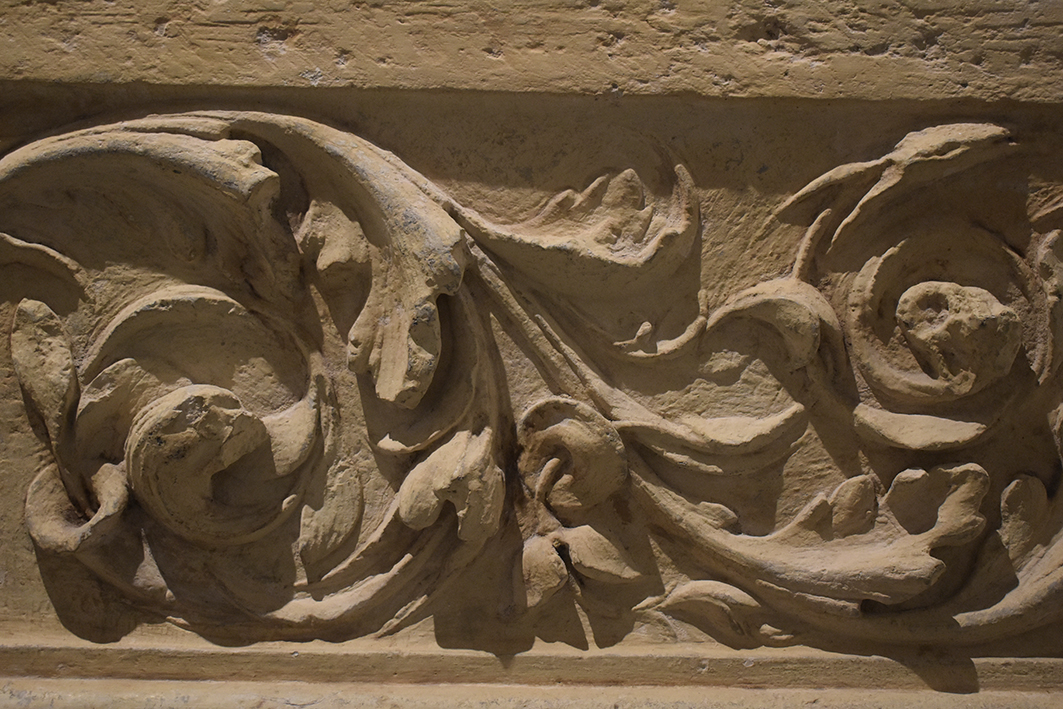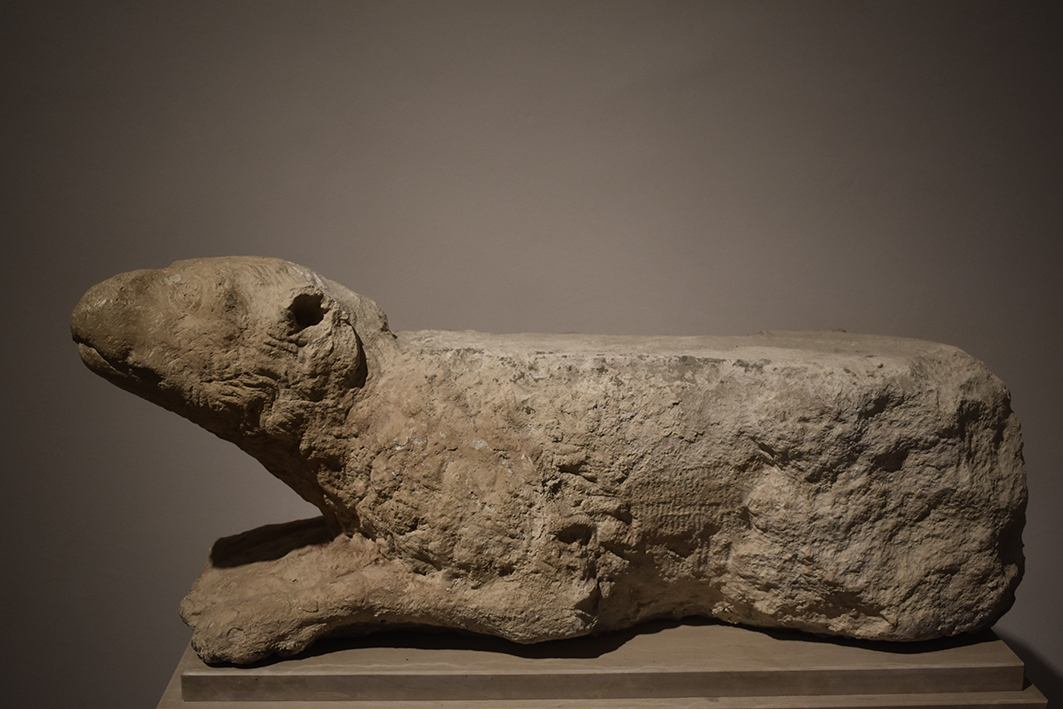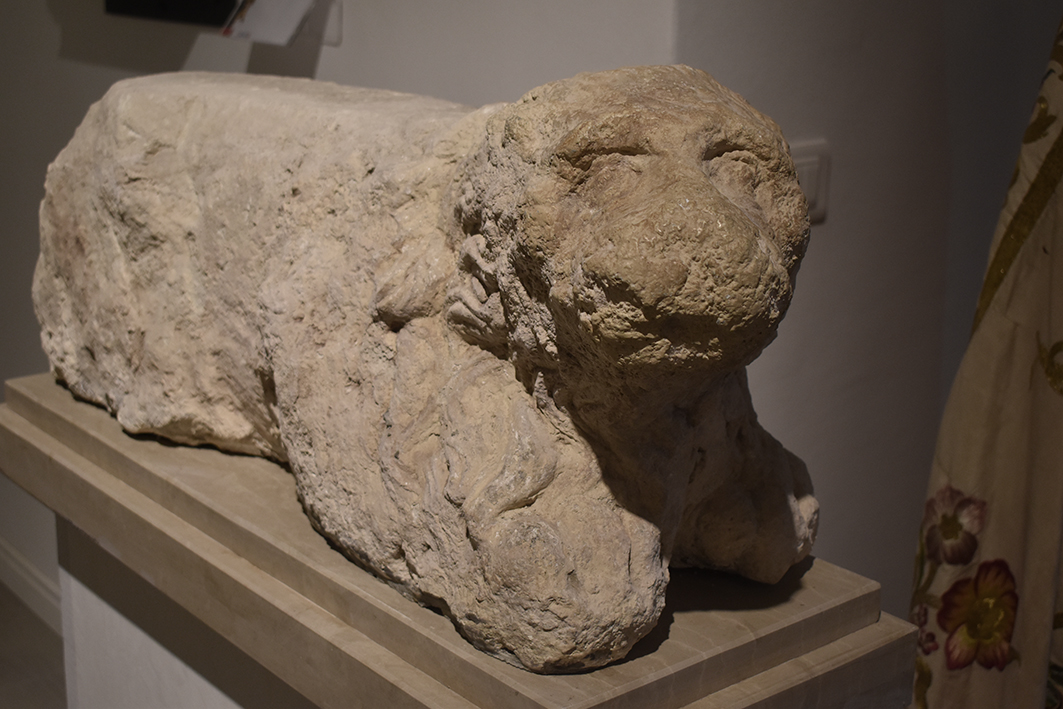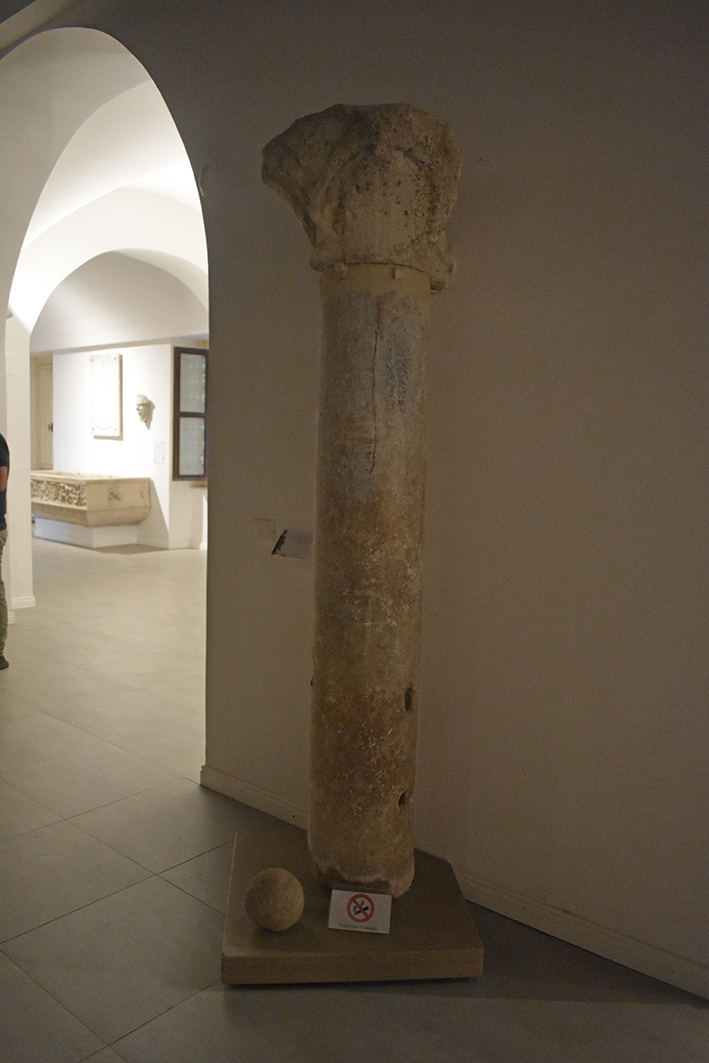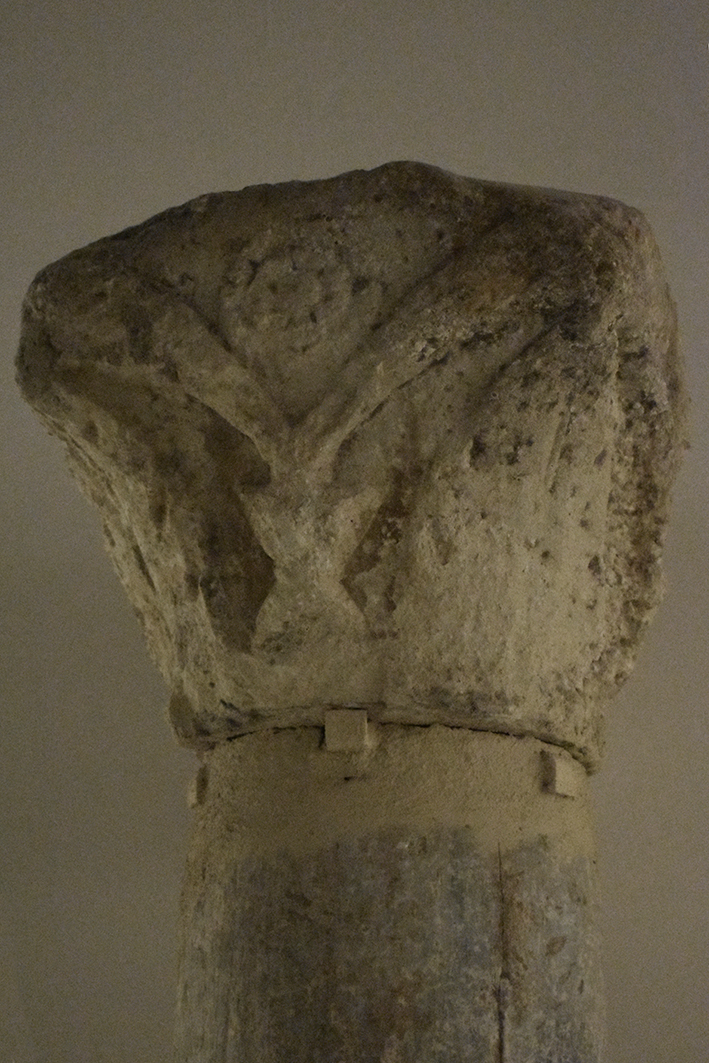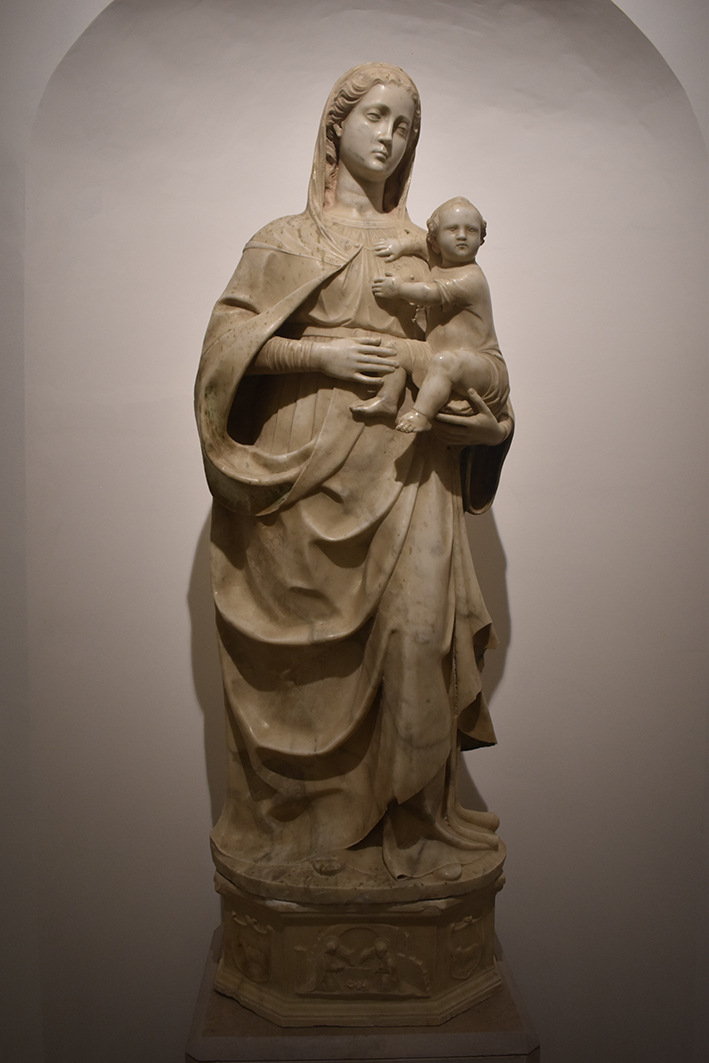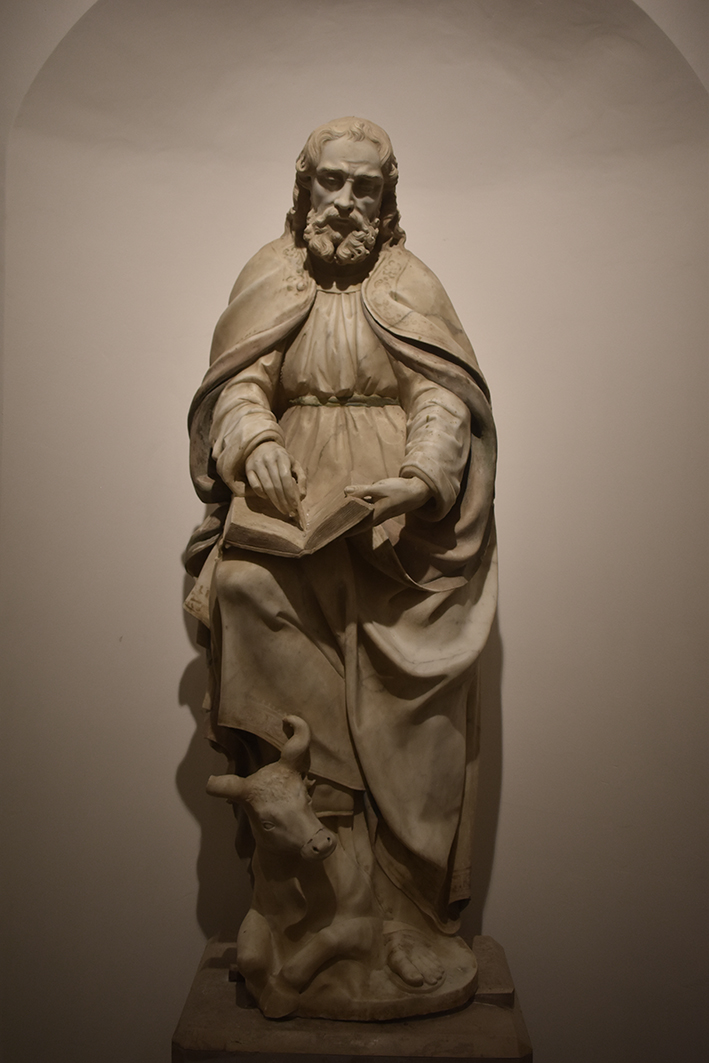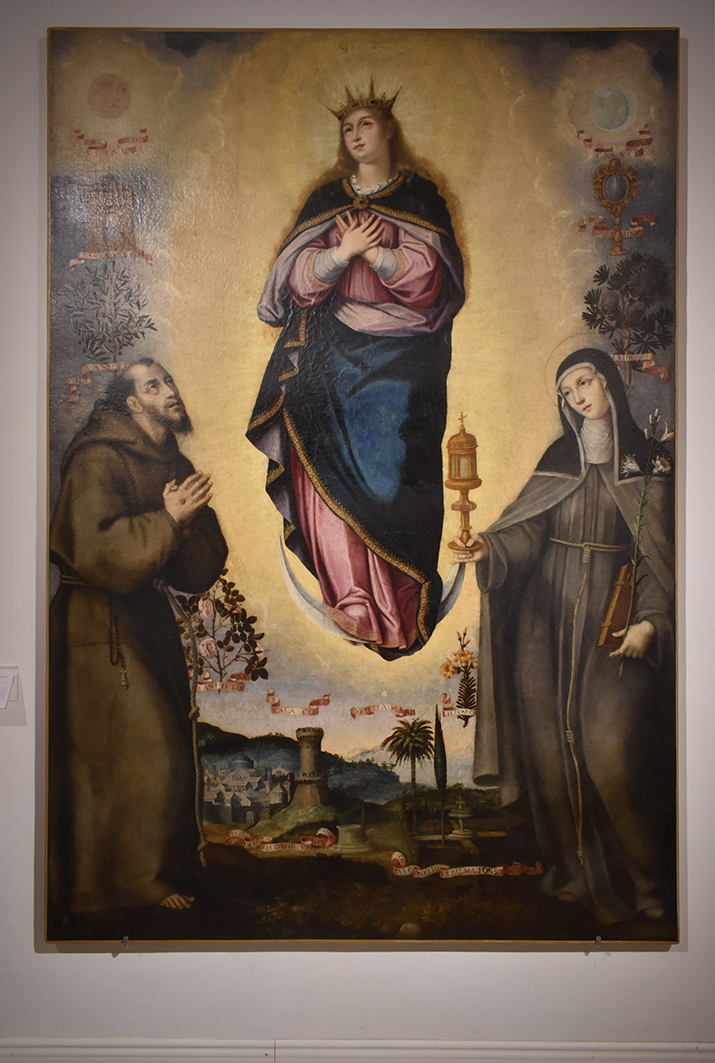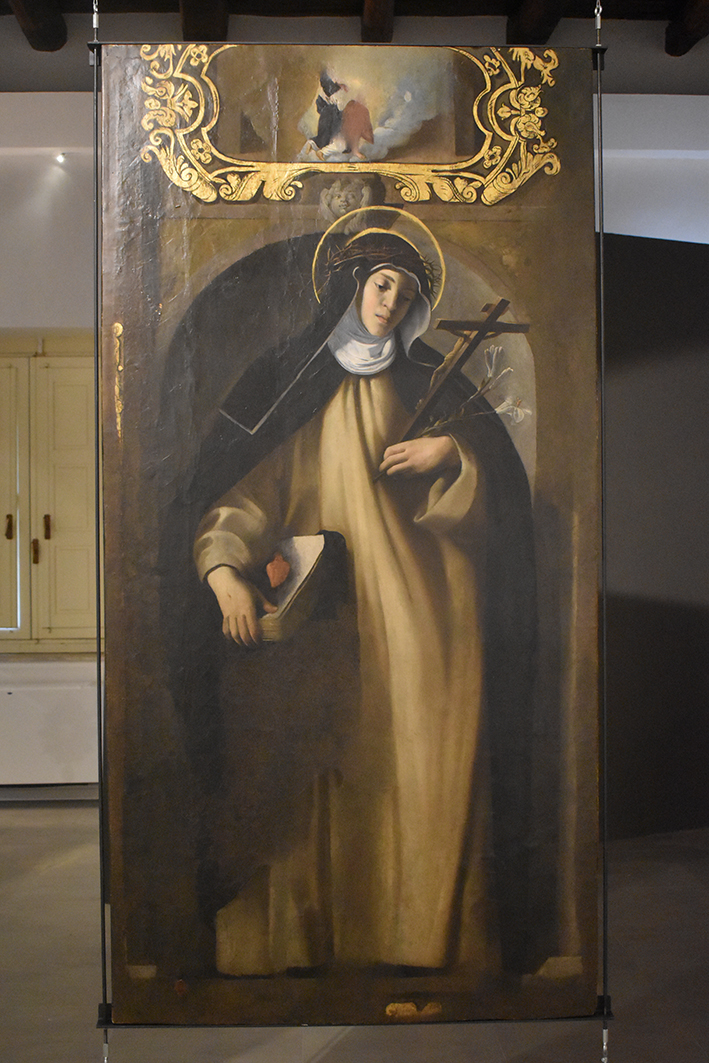A treasure chest that tells a complex artistic story
The Valentianum, or Museum of Sacred Art of Vibo Valentia, is located on the first floor of the old Dominican convent established in the city in 1455. The complex was rebuilt in 1543 on the initiative of Duke Ettore Pignatelli II, who had inherited the fiefdom from his paternal grandfather and namesake, the viceroy of Sicily.
The layout of the quadrangular porticoed cloister is certainly sixteenth-century. The construction of the new convent church also dates back to the same period, however today it is only partially preserved and used as an auditorium.
The church has long been considered the most beautiful in the city partly because of the works of art it housed and which today are partly found in the Museum. It was initially dedicated to Sant'Antonio Abate and later, after an expansion which took place in the 17th century, to San Domenico.
In 1809, during the Napoleonic domination, the convent was suppressed and the structure hosted other functions until the foundation of the Museum in 1988.
Among the works on display, in addition to the two sculptures of Saint Andrew and the Virgin and Child, from the Gaginesca workshop, there are some fragments of the monuments from the chapels in the nearby church of Santa Maria dating to before its reconstruction.
There is also a late sixteenth-century painting with Santa Caterina di Siena, executed by the Flemish painter Wenzel Cobergher, and some bronze statues created for the monumental altar of the Certosa di Serra San Bruno by the well-known sculptor Cosimo Fanzago.
Photogallery
What to see here
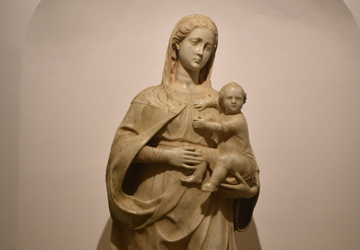
Statue of the Virgin and Child
The sculpture, commissioned by Ettore Pignatelli in 1534 to replace the statue of Saint Joseph, probably reflected a significant change to the plan for the choir.
Read all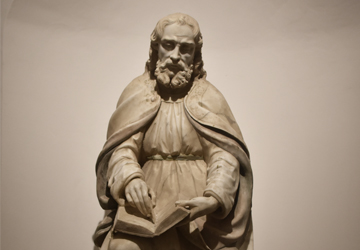
Statue of San Luca
The statue is one of the five sculptures commissioned to Antonello Gagini by Ettore Pignatelli, Duke of Monteleone (Vibo Valentia) and viceroy of Sicily, for his chapel-mausoleum in the choir of Santa Maria la Nova
Read all